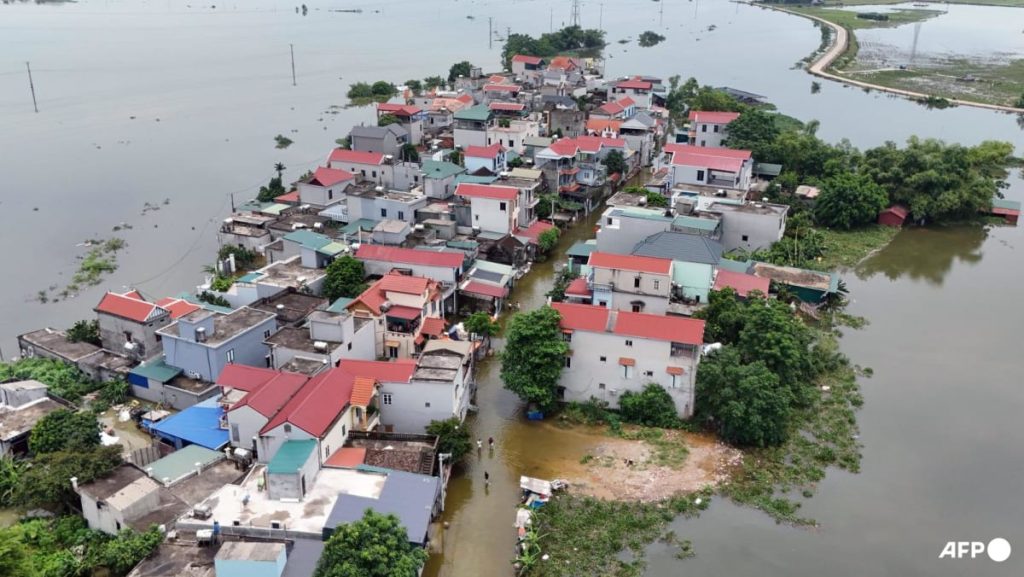Save the Children has expressed concerns for the safety of 4,500 children as they return to school in Vietnam in September, following the recent severe weather events in the country. According to the charity, many children will face challenges such as rough roads, landslides, broken bridges, and streams to cross on their way to school. These difficulties have been exacerbated by the floods that have caused around US$85 million in damages in the first seven months of the year, double the figure of last year. Additionally, ninety-one people have been reported killed or missing due to adverse weather during that period.
Ha Cong Minh, the principal of a school in Son La province, highlighted the hazardous conditions faced by students on their commute to school. These dangers showcase the urgent need for intervention to ensure the safety and well-being of children as they return to their education. The recovery from the recent natural disasters will likely take many months, with immediate action required to prevent further harm to vulnerable populations, particularly children. Save the Children Vietnam’s country director, Le Thi Thanh Huong, emphasized the importance of addressing these safety challenges to protect the children from potential dangers.
As Vietnam enters the rainy season between June and November, the country is prone to severe weather events such as heavy rainfall, flooding, and landslides. These events have been intensified by global climate change, with scientists warning that extreme weather conditions are becoming more frequent and intense worldwide. The ongoing challenges faced by Vietnam reflect a broader trend of environmental degradation and climate-related disasters, underscoring the urgent need for comprehensive and sustainable solutions to address these issues.
The impacts of the recent floods in Vietnam have been significant, with damages totaling US$85 million in the first seven months of the year. This sharp increase in losses compared to previous years demonstrates the growing vulnerability of the country to extreme weather events and underscores the need for proactive measures to mitigate risks and protect vulnerable populations. The government, non-profit organizations, and local communities must work together to address the immediate challenges posed by the recent disasters and develop long-term strategies to build resilience and adapt to changing environmental conditions.
In response to the growing threats of climate change and environmental degradation, it is essential for countries like Vietnam to prioritize disaster risk reduction and climate adaptation efforts. By investing in infrastructure, early warning systems, and community preparedness initiatives, governments can help mitigate the impacts of natural disasters and protect vulnerable populations. In addition, international cooperation and support are crucial in addressing the root causes of climate change and promoting sustainable development practices that safeguard the environment and ensure the well-being of future generations.
The challenges faced by children in Vietnam as they return to school highlight the urgent need for action to address the impacts of climate change and ensure the safety and well-being of vulnerable populations. By recognizing the interconnectedness of environmental, social, and economic issues, governments and organizations can work together to build resilience, promote sustainable development, and protect the most at-risk communities. Through coordinated efforts and a shared commitment to addressing climate-related challenges, we can create a more secure and equitable future for all.


